Great software, zero headaches
AI Product Recognition
For every business, improving customer experience and automating workflows remain ongoing priorities. That’s why, as your zero-headaches software development partner, we think ahead and fix problems before they hit your inbox. With product recognition solutions, you can find missing items, streamline stock management, and get more reliable data to draw your business processes upon without extra stress.
15+
Years
expertise
140+
Happy
clients
95%
Client
retention

Solve today’s challenges
-
“Our inventory data is full of errors.”
We eliminate errors in inventory management with precise product identification, ensuring accurate stock levels.
-
“Cataloguing takes too much time.”
We automate product cataloguing so your team can skip the manual entry and focus on what truly matters - driving your business forward.
-
“Product info is all over the place.”
We minimise the risk of human error by using AI-driven recognition for consistent product information.
-
“We keep losing track of items.”
We help you track products across stores and the supply chain, making loss prevention a lot easier.
-
“Quality issues slip through.”
We catch defects and mislabelled items automatically, so your quality control stays tight without extra stress.
Our clients


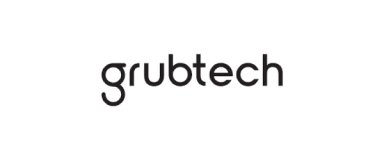

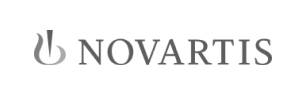







With Altamira, you get zero-headache software that keeps your shelves in order and store operations running smoothly.
As a rule, product recognition solutions are widely used in retail for two main purposes:
- You can check if products are arranged correctly on shelves
- You can recognise what customers are buying
Make it work for you
Planogram compliance
Computer vision-powered apps help you check if products are placed correctly on shelves, making it easier to follow the store’s plan and move toward a more digital retail setup.
Automated checkout
Computer vision systems make shopping faster and easier for customers while helping retailers cut costs.
Store stock audit
Computer vision makes stock audits faster and more accurate, giving you real-time updates on inventory and missing items.
Why Altamira?
Proactive problem-solving
We spot and solve issues before they impact you. Our streamlined development process ensures you get the most value from your investment.
Deep technical expertise
As a zero-headaches software partner, we have a proven track record of pushing the boundaries of what’s possible with technology.
Stress-free processes
We build trust through transparency in the way that we communicate and the continuous improvement in our processes and practices.
Case studies






Custom mobile app for dog owners
Modern technology can help owners care for their dogs and keep them safe. GPS tracks and saves dogs’ history for their whole life, easily transfers it to new owners and ensures the security and detectability of the animal.
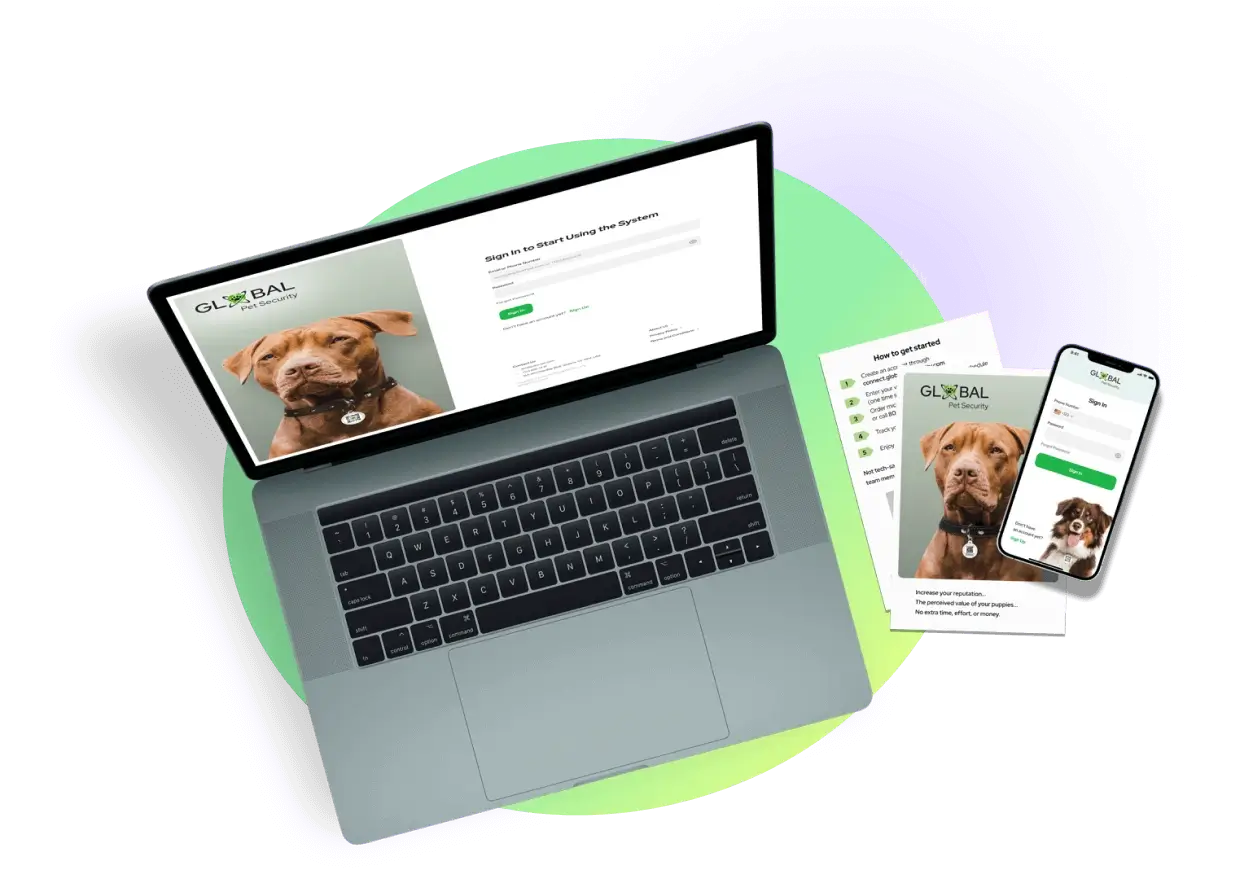
Restaurant POS system development
There are still numerous cafes and restaurants that get by with only cash, pen, and paper, having no clue about all the ways a modern POS system can help them run a restaurant faster, easier, and more successfully.

AI-powered web and mobile app solution development
In response to the need for accessible neuropsychological assessments, Altamira introduced a transformative solution that reimagines the traditional approach to diagnosing and monitoring cognitive, mood, and personality disorders in children.
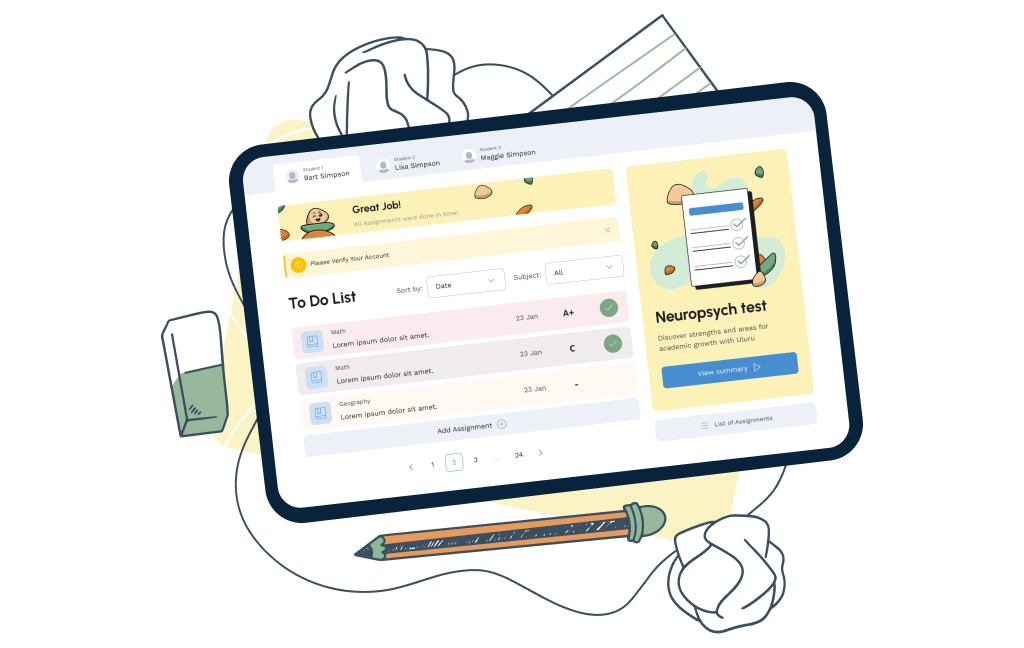
Web design and development
Our client, Union, a prominent insurance provider established in Slovakia since 1992, recognising the importance of a strong digital presence and operational efficiency, aimed to improve their technological capabilities through user-focused web solution.

Mobile payment and virtual terminal app
The SkipCash mobile payment app is operated in Qatar, where common PoS terminals are not widespread. SkipCash tries to solve this problem with a mobile payment app that replaces the payment terminal on the seller's side and replaces the payment card on the client's side.
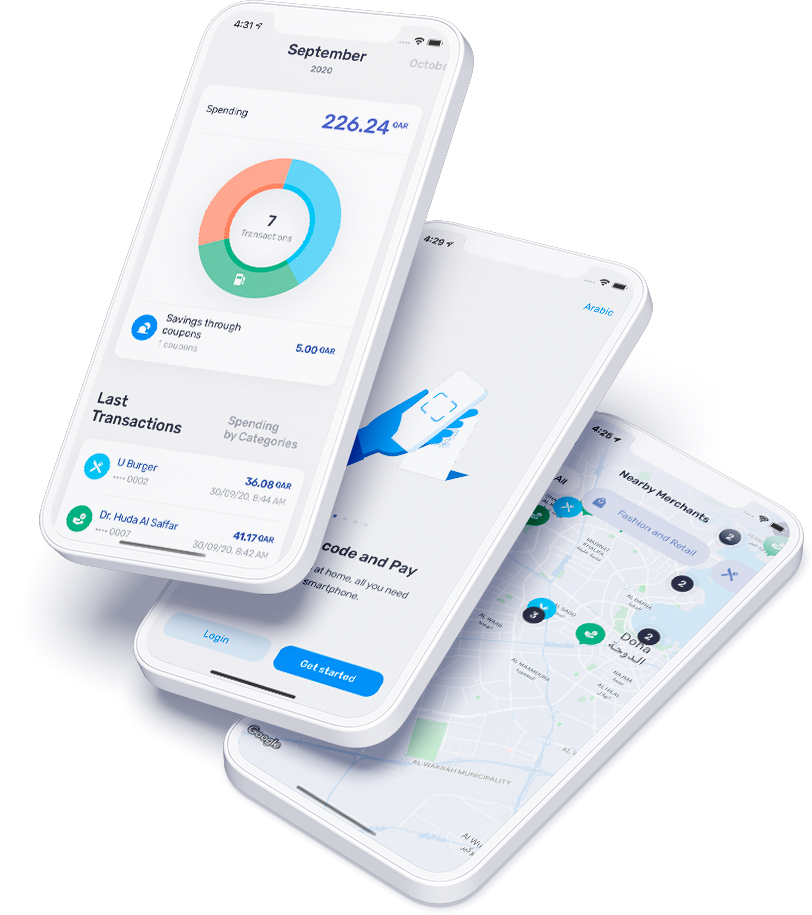
Website development
We took over the maintenance, continuous improvement, and further development of the website for the most famous and largest Slovak cultural institution – Slovak National Theater.

People also asked
AI in computer vision refers to the implementation of artificial intelligence techniques to enable computers and systems to derive meaningful information from digital images, videos, and other visual inputs. It involves training machines to interpret and understand the visual world in a way that mimics human vision, using deep learning models and neural networks.
Yes, computer vision solutions utilise AI techniques, particularly machine learning algorithms, to interpret visual data. However, not all AI involves computer vision. AI can be applied in other domains like speech recognition, analytics, and language translation. Get in touch to discover more!
Yes, AI computer vision can predict outcomes based on visual data analysis. By training on large datasets, these systems can identify patterns and make predictions, such as forecasting trends, detecting potential defects in manufacturing, or anticipating movements in autonomous vehicles.
AI recognition refers to the ability of AI systems to identify and understand patterns, objects, speech, text, or data. Computer vision often involves recognizing and interpreting visual elements in images or videos, such as facial recognition, product recognition, object detection, and scene analysis. Contact us to learn how AI recognition can benefit your business.
AI can significantly facilitate product development by analysing market trends, customer preferences, and feedback. It can also streamline the design process through predictive modeling, automate testing and quality control with precision, and enhance customisation and personalisation of products based on consumer data analysis. For example, by integrating AI product recognition technology, retail stores can swiftly identify items for inventory management and enhance customer shopping experiences. Contact us to learn more!
Visual recognition AI is a technology that enables computers to identify and process visual data from the world around them. This includes identifying objects, faces, scenes, and activities in images and videos. It’s widely used in various applications, from security surveillance to healthcare diagnostics and consumer applications like photo tagging. For example, the latest advancements in computer vision recognition have significantly improved the accuracy of automated facial recognition systems used in security applications.
All our services
Services provided by Altamira
Artificial Intelligence
Outstaffing
Expertise
Related blog posts
Looking forward to your message!
- We will send you a confirmation email once your message is received
- Our experts will get back to you within 24h for a free consultation
- All information you provide will be kept confidential and protected under NDA
- We will provide an initial project estimate during your consultation




